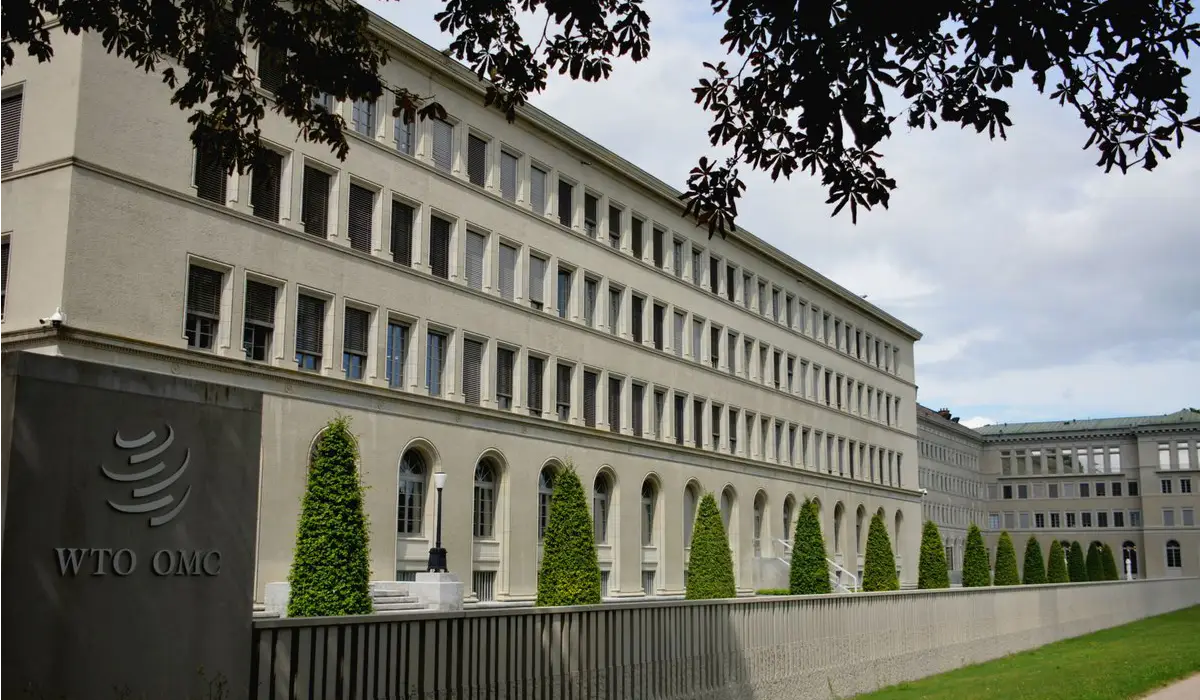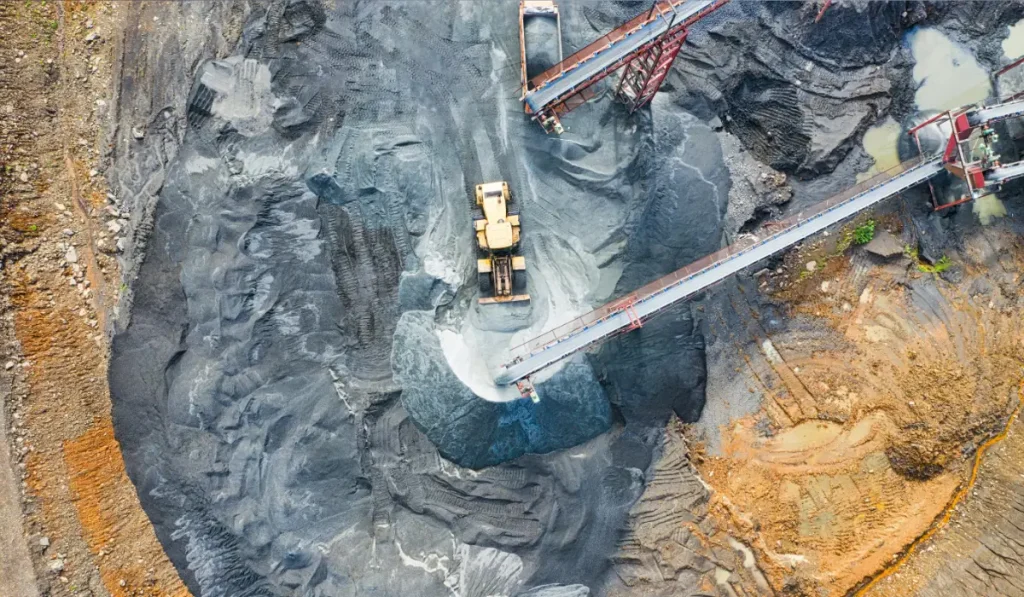It has been a year since the EU’s Carbon Border Adjustment Mechanism (CBAM) went into force. South Africa, India, China and Brazil have voiced their concern over the legality and equity of the measure, with South Africa indicating it intends to lodge a formal complaint at the WTO. The EU claims it is in discussion with the country. However, Presidential Climate Commissioner, Crispin Olver, recently reiterated that “…we do consider it a unilateral trade measure. We do not think it is WTO compliant, but we know that the EU will argue differently.”
The CBAM places a price on certain carbon intensive products imported into the EU. This price is purportedly equal to the one paid by domestic industries under its Emission Trading Scheme (ETS), thereby levelling the playing field for EU manufacturers. It is also intended to disincentivize carbon intensive goods production in non-EU countries, a concept known as “carbon leakage”. It is currently in a transitional phase, until January 2026, during which importers have reporting but no financial obligations. It applies to iron, steel, aluminium, cement, fertilisers, hydrogen and electricity. The EU has signalled that at the end of the transitional period, it may extend the scope of CBAM to some downstream products e.g., screws and bolts. When it fully goes into operation, importers of these goods will need to purchase certificates to cover the GHGs embedded in the products. If the country of export has a carbon tax or ETS, the amount paid may be reduced.
The CBAM is anticipated to have significant impacts on exporting economies, particularly in Africa. For example, a study by the African Climate Foundation and the Firoz Lalji Institute for Africa found that under one scenario the CBAM could reduce the continent’s GDP by 0.91% (equivalent to a drop of $25 billion from 2021 levels of GDP). Africa is also more vulnerable than all other regions due to the importance of the EU as its export market.
Presently, only South Africa has a functioning carbon pricing mechanism. Equally, many African countries lack or have insufficient systems and procedures to calculate and declare the amount of carbon embedded in their exports.
It is therefore unsurprising that many countries have raised their concerns within the UNFCCC and WTO. South Africa has intimated it may lodge a WTO dispute because the law penalises developing countries struggling to raise investments needed to reduce their emissions, and fails to “recognise differential levels of development” by imposing a “one-size fit on all firms across the world”.
At this stage the specifics of any potential dispute are unknown. Several countries, however, have made statements at the WTO Committee on Trade and Environment (CTE), offering a glimpse into the types of legal arguments that may be levelled against the CBAM. One of the more compelling arguments is that the CBAM does not comply with the anti-discrimination provisions of WTO law. First, it potentially discriminates between imported products originating from different WTO member countries based on their carbon content. This is because it leads to imports from countries with carbon pricing policies being treated differently from all others. This is particularly important to African countries because South Africa is the only African country with a functioning carbon pricing mechanism. Accordingly, importers from all other African countries will have to purchase CBAM certificates and will, as a result, pay higher rates to access the EU market.
Second, the CBAM potentially discriminates between local and imported products. This is because the EU will only phase out free ETS allowances over time and there is likely to be an overlap between the application of the CBAM and EU producers using these allowances. In a scenario where EU producers benefit from free ETS allowances but producers of similar imported goods are required to submit CBAM certificates, the EU may be discriminating against imported products. In this regard, at the CTE, the African Group has expressed its concerns that CBAM “give[s] priority to European providers over exporters”.
The CBAM may also be construed to be a “border measure” because it applies when goods are imported. Fiscal border measures are subject to binding tariffs under WTO law. However, the CBAM may exceed and, for this reason, not comply with these prescribed tariffs. Moreover, the CBAM could also be considered to be an unlawful “quantitative restriction” on imports because it ultimately disincentivizes importation of the goods it applies to.
While the WTO imposes binding anti-discrimination and border measure rules, at its core it also recognises the need to protect and preserve the environment by allowing countries to justify breaches based on overriding public and environmental goals under Article XX of the General Agreement on Tariffs and Trade (GATT). Accordingly, should the CBAM be found to be inconsistent with various provisions of WTO law, the EU could justify it as necessary to the conservation of the global environment and in line with its climate mitigation efforts using Article XX. In order to rely on this justification, however, the measures taken by countries must not (i) arbitrarily or unjustifiably discriminate between countries where the same conditions prevail, or (ii) be a disguised restriction on international trade. The EU may face challenges proving that the CBAM does neither of these things.
The CBAM imposes a unilateral and uniform approach to addressing climate change that is not calibrated to the different situations of the exporting countries. Specifically, it does not account for existing policies other than carbon tax or ETS systems, or other local circumstances. For example, the African Group has noted that the CBAM fails to take into account that African forests serve as a “lung of the world”, hosting some of the largest carbon sinks globally. But the design of the CBAM does not recognise this benefit and only affords benefits to countries that have adopted a carbon price. For this reason, arguably, the CBAM discriminates between countries with carbon pricing and those without, and fails to take into account other ways through which countries contribute to global GHG reductions. This discrimination could be considered arbitrary and unjustifiable, by essentially requiring all trading partners to adopt the same policy.
Moreover, as Colombia has pointed out at the CTE, less developed countries have historically contributed significantly less to global emissions compared to developed countries. Africa, specifically, still contributes only about 3%-4% of global carbon dioxide emissions while developed countries contribute multiple times more. The CBAM ought to reflect these differences to ensure that it is even-handed and rationally related to the policy objective it pursues, namely the reduction of GHG emissions. For this reason, there have been suggestions that the effective carbon price of the CBAM should be adjusted to ensure that developing countries, including those in Africa, do not disproportionately pay the price for climate responsibility.
As the law is in the transitional phase, African countries should continue to engage in discussions with the EU on its impact. Particularly, Africa should emphasise that while 33 countries in Africa are least developed countries (LDCs), the EU did not include any special measures for LDCs. The EU has stated that before definitively applying the measure, it will review the impact on developing countries, particularly LDCs. Africa should articulate the actual impact of CBAM on them, based on data collected during the transition phase. Should the discussions between the EU and Africa be unfruitful, Africa could consider instituting a joint dispute at the WTO, or join any existing dispute as third parties. Other governments have announced that they are considering CBAM-like measures: Canada, the UK, the US and Japan. African countries need to consider the impact these measures will have on their current and projected exports and start relevant gathering data. Economists anticipate that such measures will also negatively impact Africa’s imports, albeit to a lesser extent, primarily because the EU is a more important export market for Africa. Nevertheless, as CBAM and CBAM-like measures are expanded to cover more products, they likely will stifle the expansion of Africa’s trade, unless African countries develop carbon markets and their exporters are able to claim equivalency.





